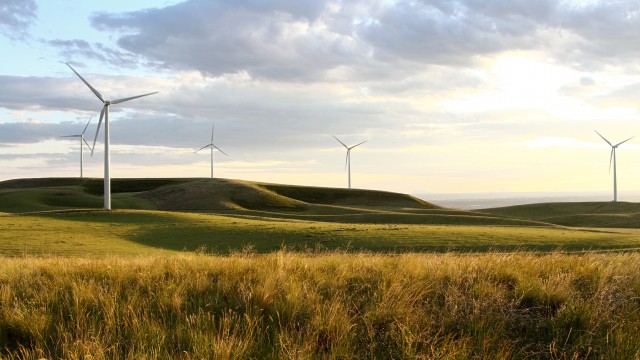The Paris Agreement: policy versus investment
Published December 2015
As the ink dries on the Paris Agreement, Everoze Partner Joe Phillips takes a bottom-up perspective on a top-down deal.
There are already at least as many expert analyses of the Paris Agreement as there are individual words within the 31 page document itself. Depending on who you read, you could be left with the impression that this is either humanity’s defining moment of heroism in the battle against climate change or a carefully choreographed face-saving political cop-out. Paradoxically, both positions are true….
What has really changed?
The top-down view of the world tells you that in the short-term, the Agreement will make little or no difference to Government policy in the key economies. Obama’s Clean Power Plan already sets the US energy policy on a course which is consistent with the agreement. The UK’s Climate Change Act mandates an 80% CO2 reduction by the middle of the century – again broadly in line with last week’s agreement. So, if individual national commitments are not additional to the status quo of national level energy policy, what has really changed?
It is instructive to look back to the Kyoto Protocol which was unarguably a weaker, less ambitious and far from universally adopted instrument. Independent assessments show that at best Kyoto only had a modest impact on curbing global emissions and the degree of flexibility afforded some nations was roundly criticised. But despite the (debatable) lack of ambition, universality and administrative neatness, it is clear that Kyoto had a transformative effect on where money was invested. Businesses looked well beyond the limiting timeframe of electoral cycles and investment in renewables was seen to sky-rocket from 2005. In Europe, in spite of its faults, Kyoto was an underlying driver of this investment, leading as it did to binding targets for renewables deployment to 2020. Surely then, the much higher ambition and universality of the Paris Agreement, will have a commensurately greater influence on board-room thinking in the years ahead.
Non State Actors
There are other important differences when making the historical comparison between Kyoto and Paris. Crucially, multinationals and city administrations have now become internationally engaged and influential in the Climate Change arena. The commitment of 1,000 cities and many of the world’s biggest companies to become 100% renewables or carbon-neutral last week may prove to be as significant as the global agreement itself. In addition, an increasingly urbanised population is demanding clean air to breath – urban air quality has become a massive policy driver over the last decade or so, especially in China. Finally, the cost of renewables has crashed in the wake of investment in, and deployment of technology at scale. The leading technologies, wind and solar, are now ready for the transition to a subsidy-free regulatory environment. Hence the policy drivers will now naturally shift away from ‘carrots’ for renewables to ‘sticks’ for fossil fuels.
The signal for investors is clear: reduce your carbon exposure if you want to be around for the long haul.
Whether you are a cynical economist or a naive tree-hugger, one thing is clear; the Paris Agreement is an extraordinary achievement. And the fact that it will have a greater direct impact on business sentiment than it will on national energy policy in the short-term is not necessarily a bad thing.






